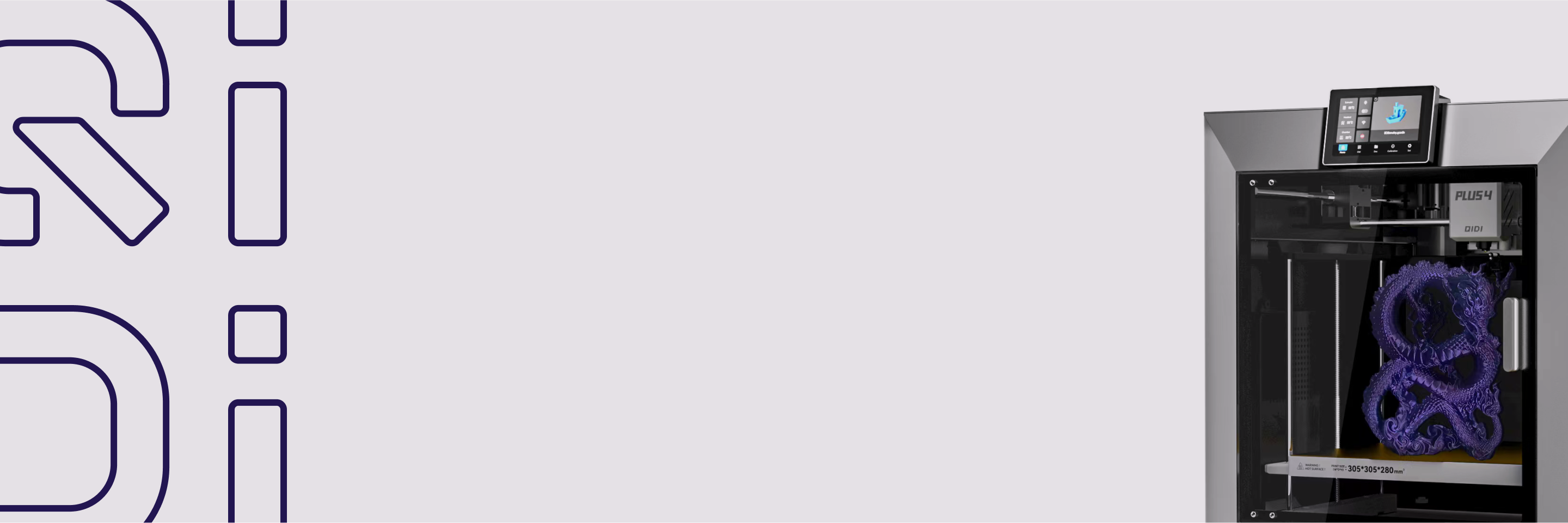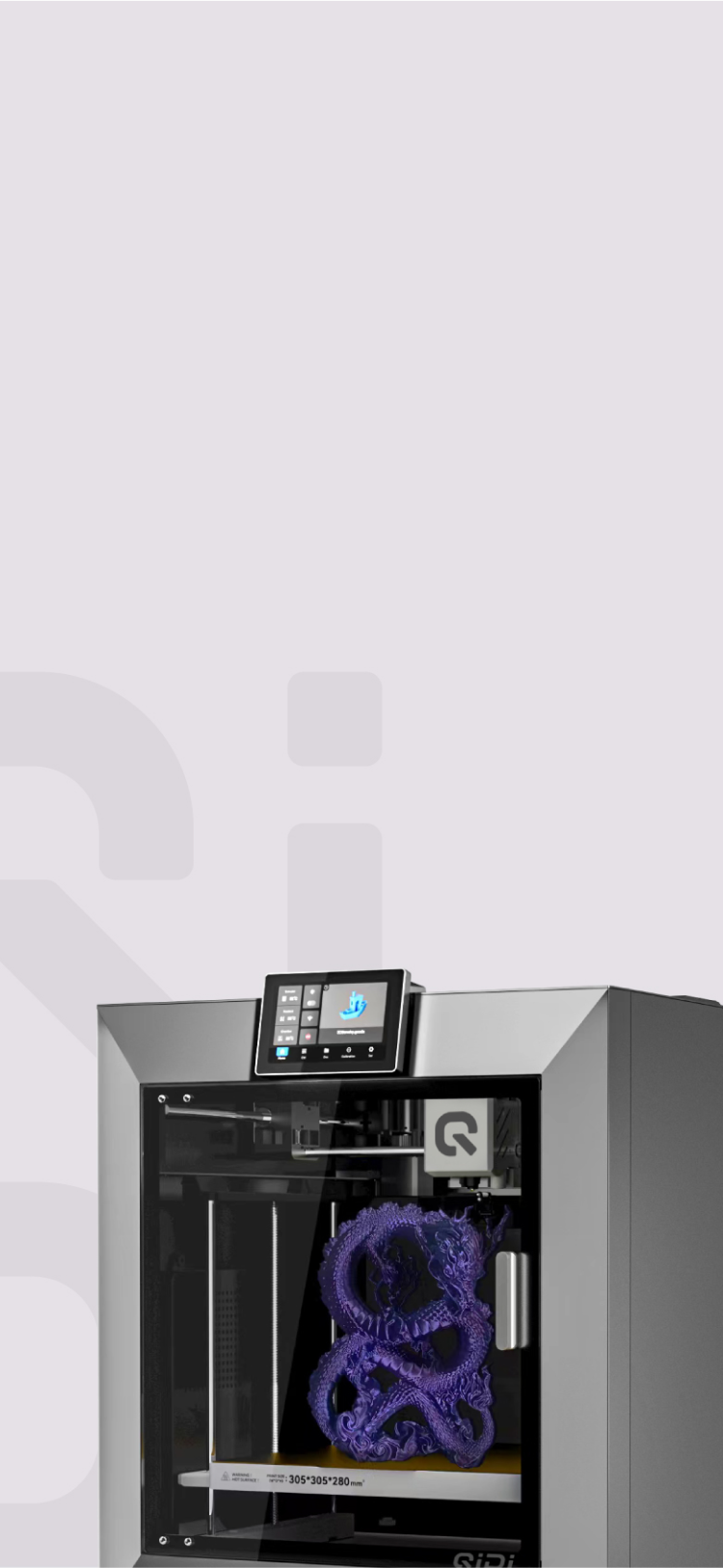What Glue Works Best with PLA 3D Printed Parts?

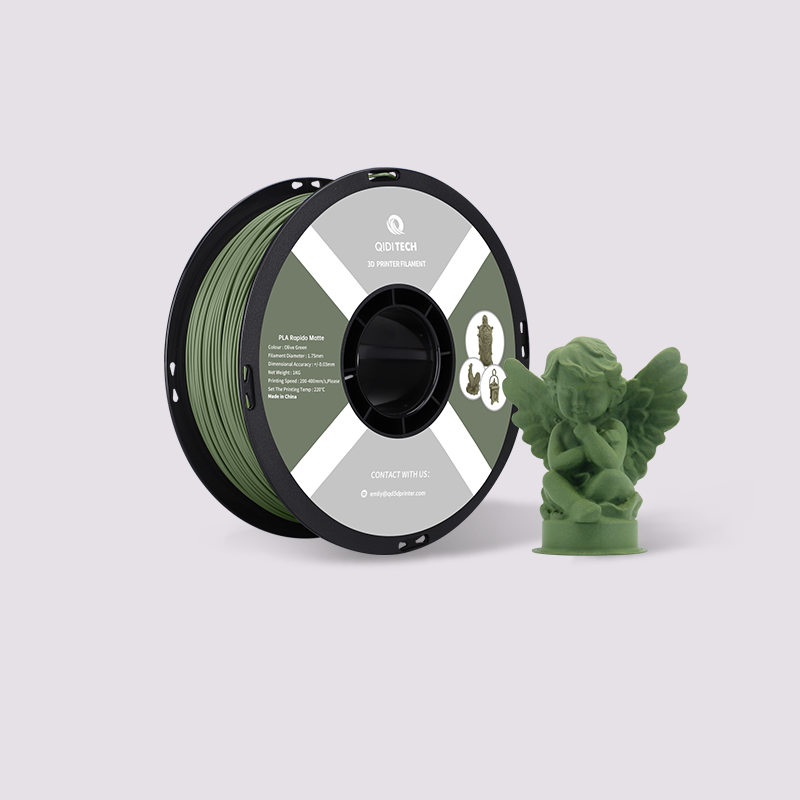
When your PLA 3D print breaks or needs assembly, finding the right glue matters. PLA is a common 3D printing material, but connecting pieces requires the right adhesive for both strength and appearance. This guide covers effective options for PLA—from super glue to epoxy—and helps you choose based on your specific project needs. The right adhesive will make your repairs stronger and your multi-part builds more successful.

Types of Glues Effective for PLA
Each type of glue has different strengths when working with PLA parts. Here's what you need to know about the main options.
1. Cyanoacrylate (CA) Glue: Quick and Simple
CA glue (super glue) quickly sticks PLA parts together. It's not too thick so it can fit into small gaps between parts and makes a strong first bond. It costs a fair amount and can be found almost anywhere.
For quick fixes, super glue is the way to go. Quickly fix a small broken part with a drop of CA glue. It will hold together almost right away.
The bad thing about super glue is that it makes ties that are easily broken if the part is dropped or bent. It's not good for filling in gaps between parts that don't fit right. Plus, a lot of people have noticed that it can leave a white film (called "frosting") on the PLA surface.
Best for: Quick repairs, small parts, or temporarily holding pieces while using another adhesive.
2. Epoxy: Strong and Reliable
Resin and hardener are the two parts of epoxy that you need to put together before you use it. This makes a link that is very strong and can handle a lot of stress.
Epoxy is a great way to fix things that need to be strong. It holds up well and fills in gaps well, which makes it great for parts that don't fit together perfectly. You can pick versions that set up quickly (5 minutes) for easy jobs or ones that set up more slowly (24 hours or more) when you need more time to get everything in the right place.
The main problems are the mixing step and the longer times it takes to cure. The messier it is to work with, the worse it is.
Best for: Strong connections, filling gaps, and parts that need to hold weight.
3. Polyurethane Adhesives: Flexible and Durable
It is possible for polyurethane (PU) glues to be both strong and flexible. When these glues dry out, they form links that can bend without breaking.
PU glue are great because they won't break if you drop or bend them. Because of this, they work well for useful things that might move or tremble. You can sand and paint over most PU glues once they are dry.
PU glues tend to get a little bigger as they dry, so you'll need to clamp the pieces together. How humid your desk is will affect how long it takes to cure.
Best for: Parts that need to handle movement or impact, outdoor projects, and items you plan to sand or paint.
4. PVA Glue: Safe and Simple
For some PLA projects, white school glue or wood glue (PVA) can be used. It's safe and simple to clean up with water.
PVA works well for projects that need to be safe, like when kids are coming along. It doesn't give off any bad smells or hurt your skin.
Strength is what you give up. The bonds made with PVA are the best of these choices. It doesn't dry well when it gets wet and takes hours to dry full.
Best for: Kid-friendly projects, temporary holds, or situations where bond strength isn't critical.

5. Specialized 3D Printing Adhesives: Made for the Job
Some companies now make glues that are made to stick 3D printer materials like PLA together. The goal of these goods is to fix problems that other adhesives often have.
These special glues often stick to PLA better and may have extra benefits like being resistant toUV light or being flexible. Most of the time, they don't leave behind the white film that super glue does.
The biggest problems are that it costs more and is harder to get. Usually, you'll have to order these online instead of going to the store and getting them.
Best for: Important projects where appearance matters, or when you need specific properties like UV resistance.
Factors to Consider When Choosing a Glue for PLA
Once you understand the available adhesive options, consider these factors to make the best choice for your specific project.
Project Purpose
Ask yourself what your finished piece needs to accomplish. Is it:
- A display model that will rarely be handled?
- A functional part that must withstand regular use?
- A prototype that only needs temporary assembly?
Match your adhesive's strength to your project's purpose. Decorative figures need different bonding solutions than load-bearing brackets or outdoor installations.
Assembly Workflow
Consider how your assembly process needs to flow:
- Do you need immediate hold while positioning multiple pieces?
- Will you need time to adjust and align complex parts?
- Are you working with one-time assembly or might you need to disassemble later?
Your workflow may benefit from combining adhesives—perhaps using super glue for initial positioning followed by epoxy for permanent strength.
Part Geometry
The physical characteristics of your 3D prints directly impact adhesive selection:
- Tightly fitting parts with minimal gaps work with more adhesive types
- Complex joints with varying gap sizes may require specialized solutions
- Thin-walled parts may deform under pressure from expanding adhesives
- Large surface areas provide stronger bonds with less strength-dependent glues
Consider whether your parts have alignment features like pins or interlocking sections that reduce the adhesive's structural requirements.
Project Lifespan
How long must your project last?
- Short-term projects (weeks/months) have more adhesive options
- Long-term applications need UV-resistant formulations to prevent yellowing
- Projects facing repeated handling require flexible rather than brittle bonds
- Heirloom-quality pieces benefit from the highest-strength, most durable options
An adhesive that yellows or weakens over time may be fine for temporary projects but problematic for long-term applications.
Working Environment
Your workspace capabilities influence your adhesive options:
- Limited ventilation restricts the use of strong-smelling adhesives
- Cold garages or workshops affect cure times and final strength
- Dusty environments may contaminate slow-curing adhesives
- Access to running water affects clean-up options
Consider not just the final environment for your project but also your conditions while working with the adhesive.
Finishing Requirements
Your post-assembly plans impact adhesive selection:
- Will you need to fill and sand the joint areas?
- Are you planning to paint over the connections?
- Will you need transparent bonds for clear or translucent PLA?
- Are you aiming for joints that disappear completely?
Some adhesives create better surfaces for post-processing than others, while some are nearly impossible to modify after curing.
Application Tips for Gluing PLA
Choosing the right adhesive is only half the battle. Good application technique ensures your selected glue performs at its best. Here are five essential tips for strong, clean bonds.
Roughen Bonding Surfaces
Lightly sand contact areas with 120-220 grit sandpaper before applying adhesive. This creates texture that dramatically improves adhesion. Focus only on the surfaces that will receive glue.
Clean Thoroughly
Wipe bonding surfaces with 91-99% isopropyl alcohol on a lint-free cloth. This removes fingerprints, dust, and oils that interfere with adhesion. Let surfaces dry completely before continuing.
Apply Adhesive Sparingly
Use less adhesive than you think you need. A thin, even layer creates stronger bonds than thick applications. For super glue, apply single drops rather than lines. For epoxy, use just enough to fill surface irregularities.
Apply Pressure During Curing
Hold parts together firmly while the adhesive sets. Use rubber bands, clamps, or tape depending on your part shapes. Proper pressure eliminates gaps and improves bond strength.
Work Safely
Open windows and use fans when working with adhesives, especially CA glues and epoxies. Wear gloves to prevent skin contact and safety glasses to protect your eyes. Keep the manufacturer's instructions nearby for reference.
Bond Your PLA Parts Right!
To choose the best glue for your PLA projects, you need to know about both the glues and your needs. Super glue is good for quick fixes, epoxy makes things stronger, polyurethane makes things flexible, PVA makes things safe, and specialized adhesives do specific things well. Choose based on the goal of your project, how it will be put together, and the conditions where it will be used. Remember that the right way to use the adhesive—roughening the surface, cleaning it well, using little of it, and applying pressure while it cures—is just as important as choosing the right glue. If you follow these rules, your PLA projects will stay put just the way you want them to.


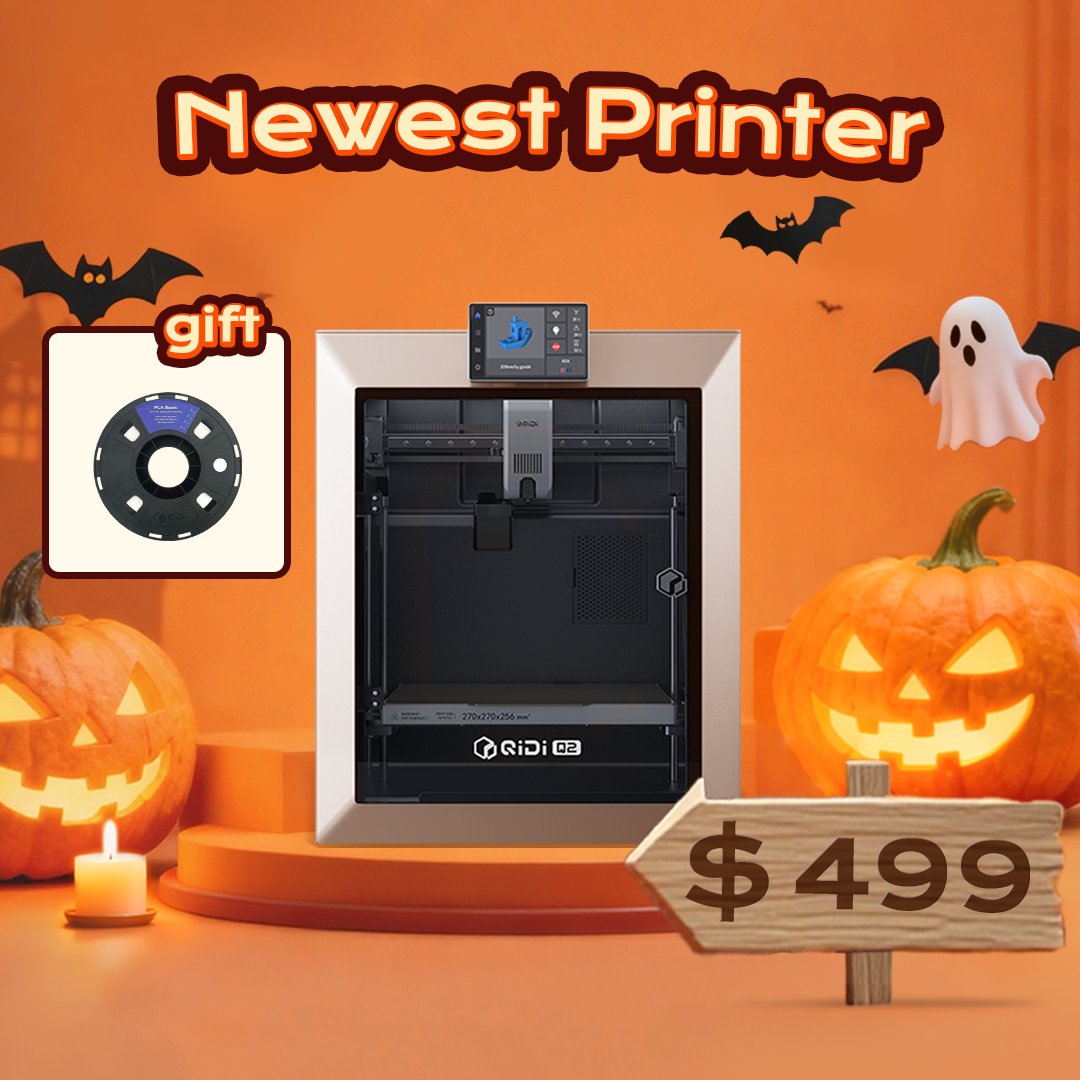 Q2
Q2
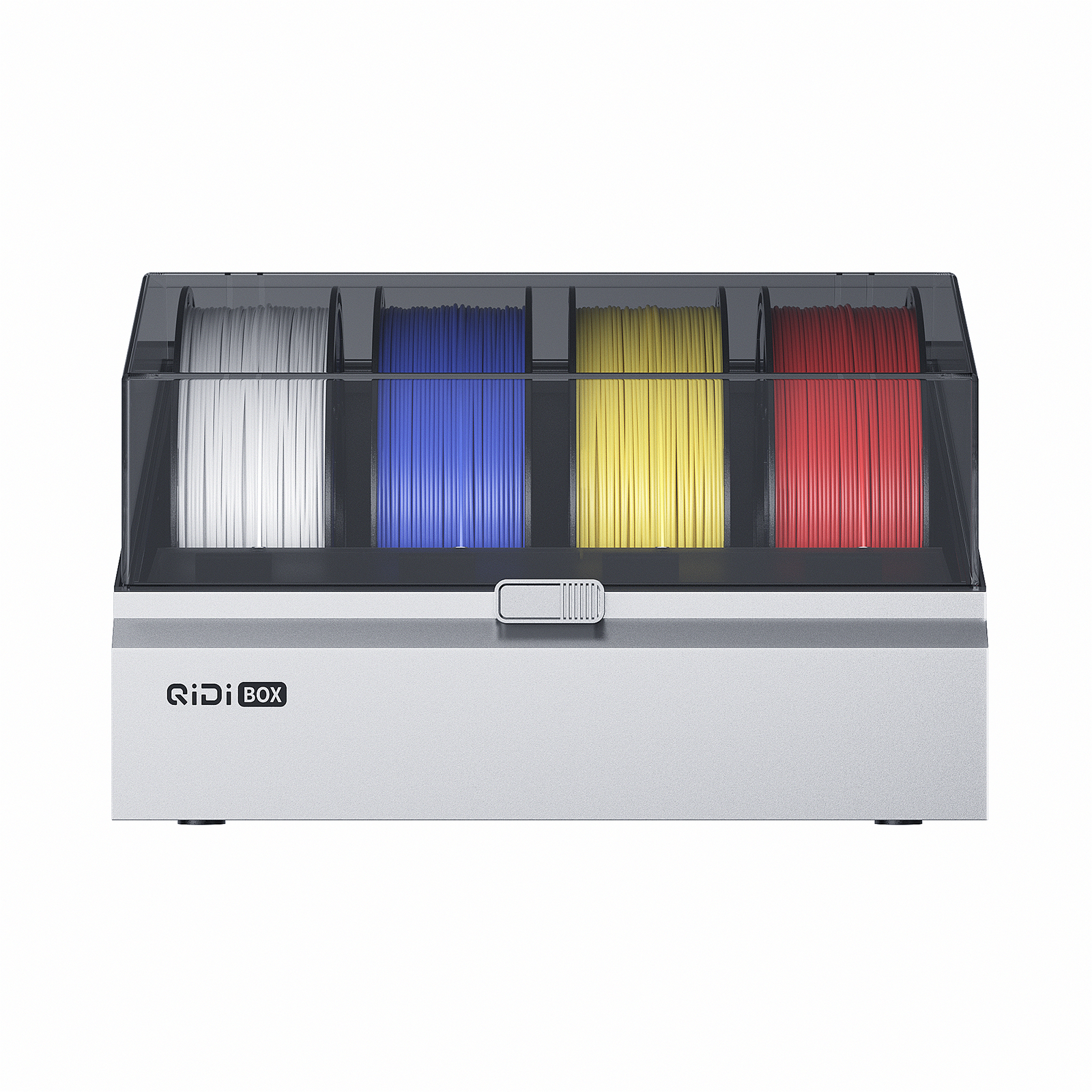 QIDI Box
QIDI Box
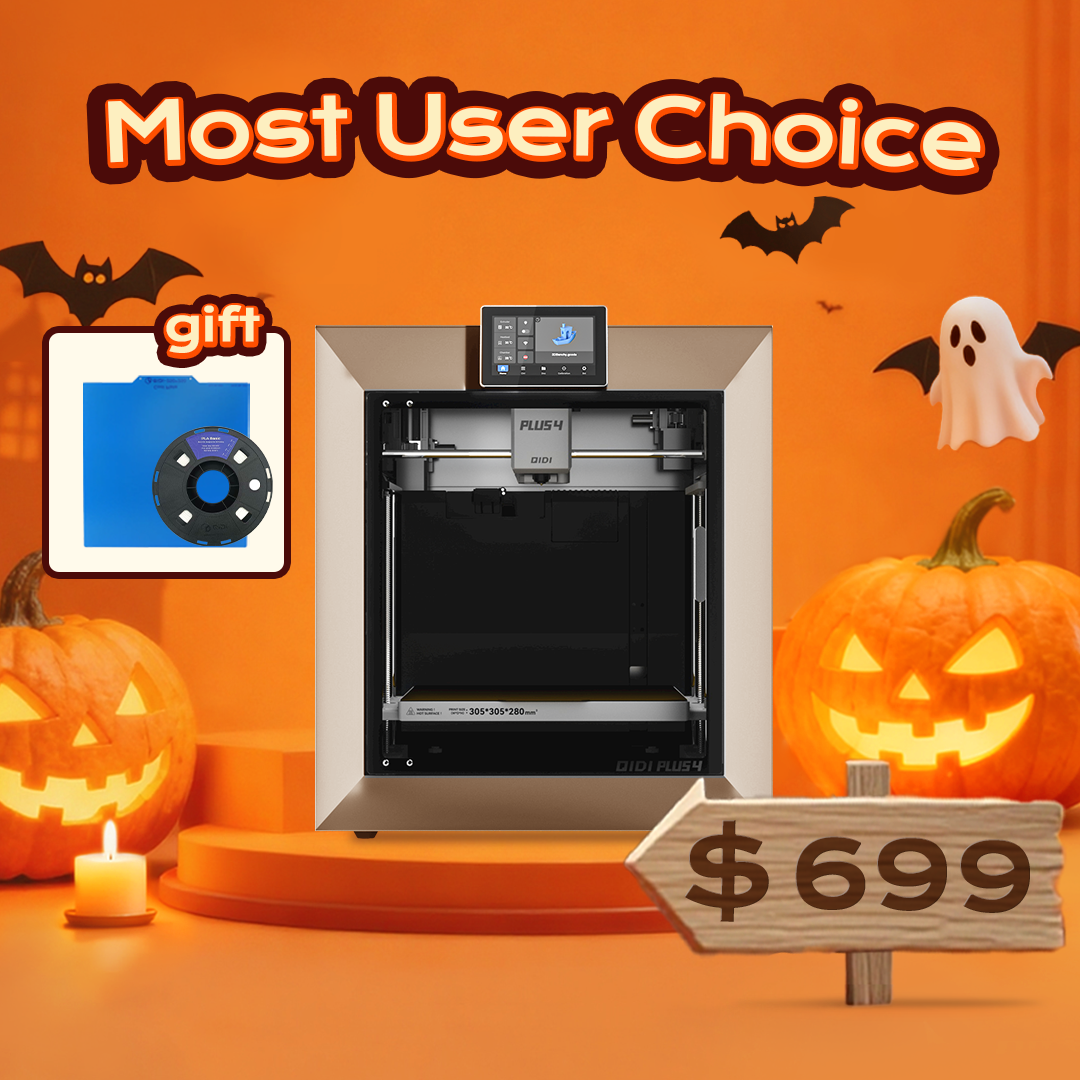 Plus 4
Plus 4
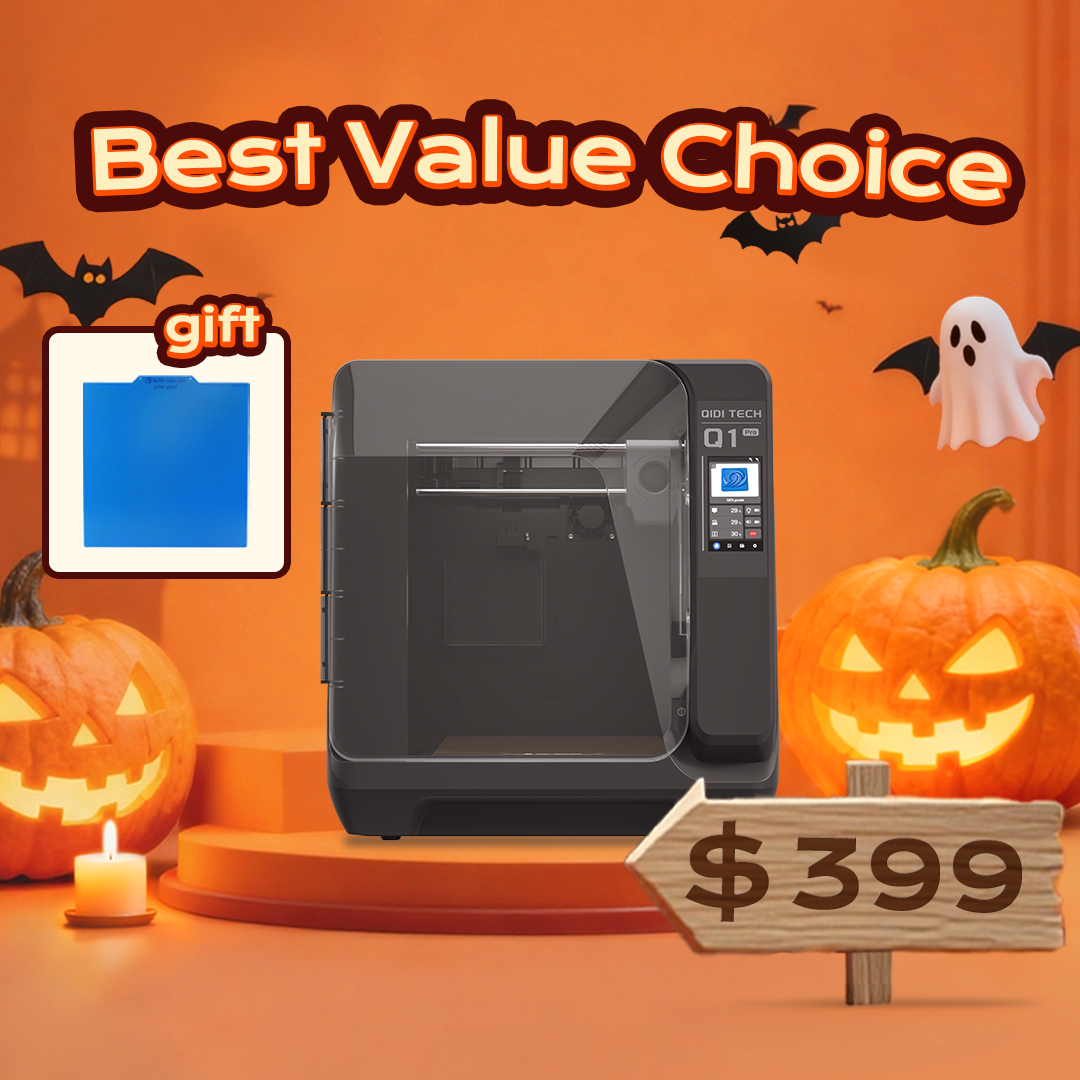 Q1 Pro
Q1 Pro
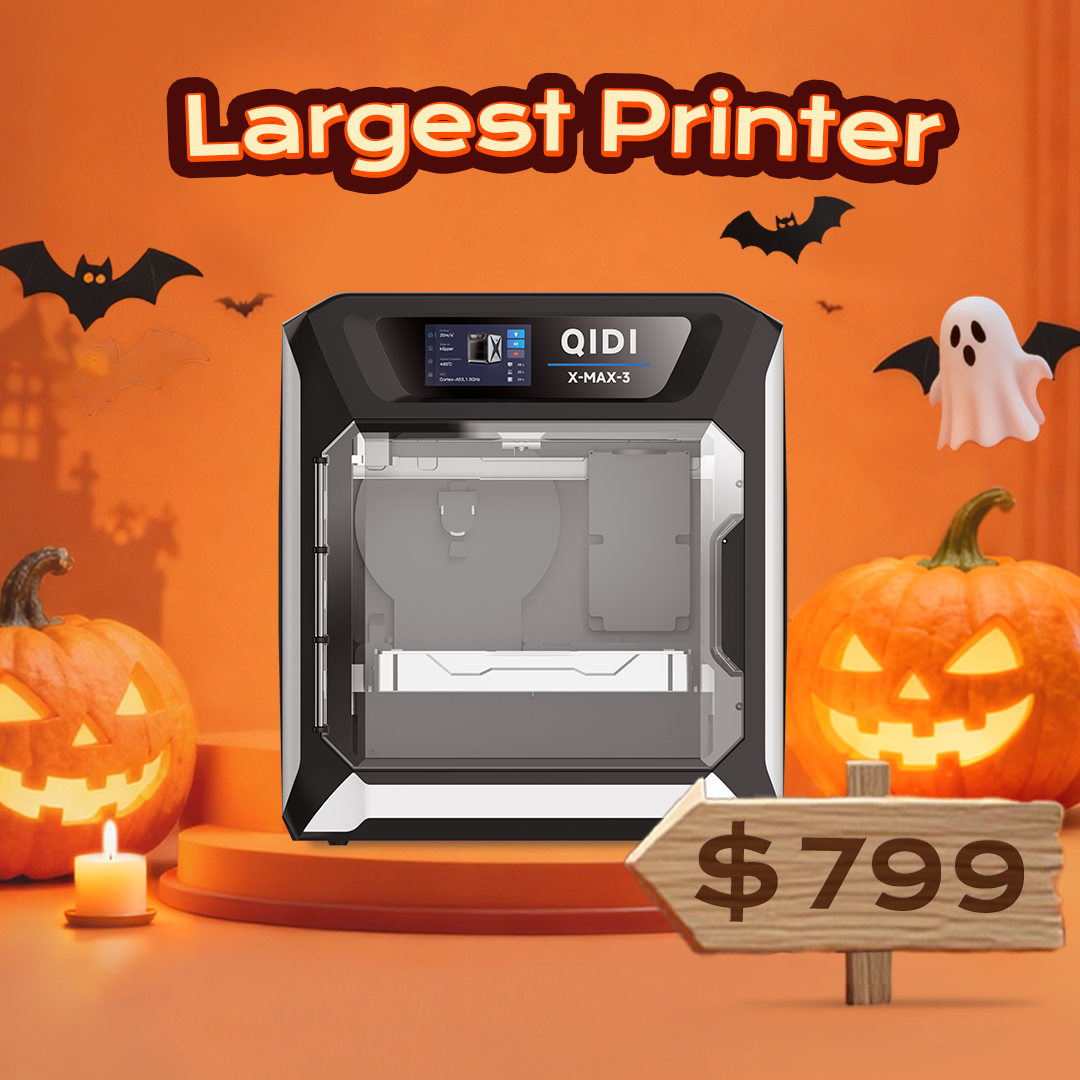 X-Max 3
X-Max 3
